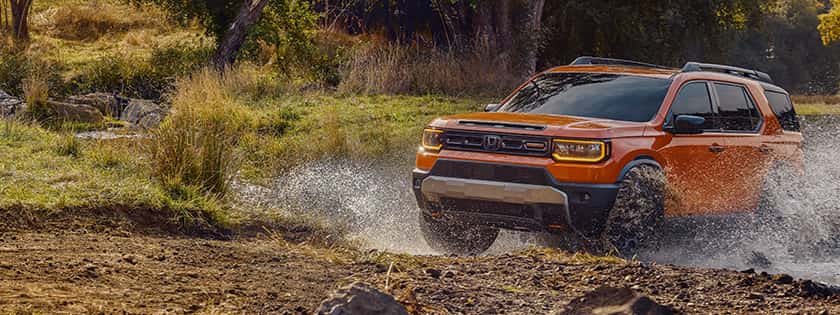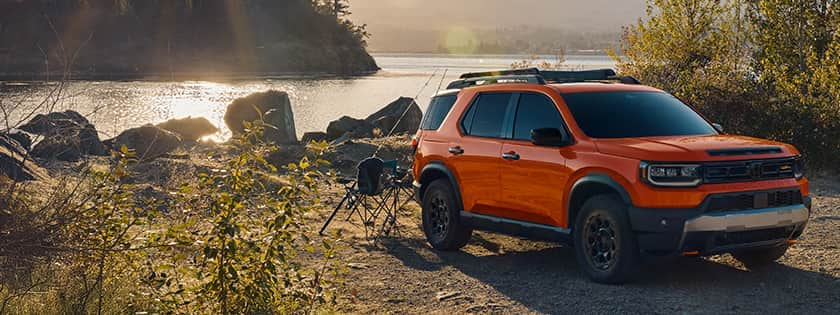Mercedes-Benz advertises its CLS-Class sedan as a "four-door coupe." It's a great-looking car with a diving roof line, but the four-door coupe category doesn't really exist. BMW was also guilty of this sort of colorful naming when it presented the X5 as a Sports Activity Vehicle (SAV) rather than as a more recognizable SUV.
To help you sort through this auto industry jargon, we've gathered the various vehicle categories on our site and translated them into user-friendly terms. Keep in mind that these are broad definitions, meant to ease the confusion of shopping for a vehicle. Some categories will be open to interpretation and, in some situations, a vehicle can occupy multiple categories. For example, the Mercedes-Benz E-Class is offered as a sedan, coupe, wagon, diesel and convertible.
Ultimately, the name of the category isn't as important as the utility that a vehicle provides you. Take the time to research and find the right car for you.
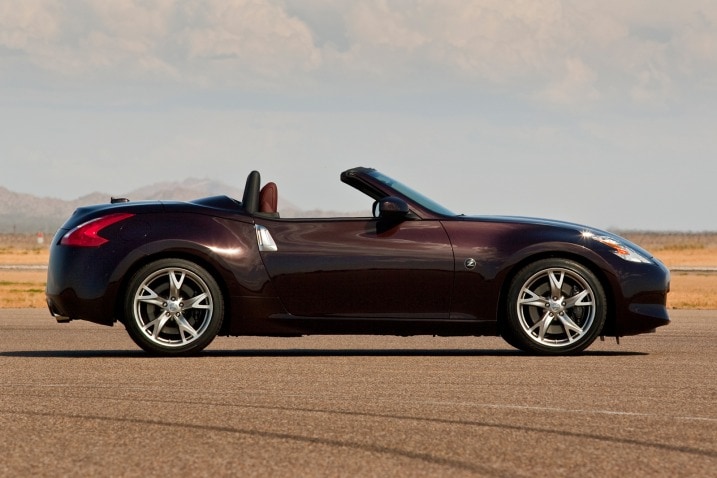

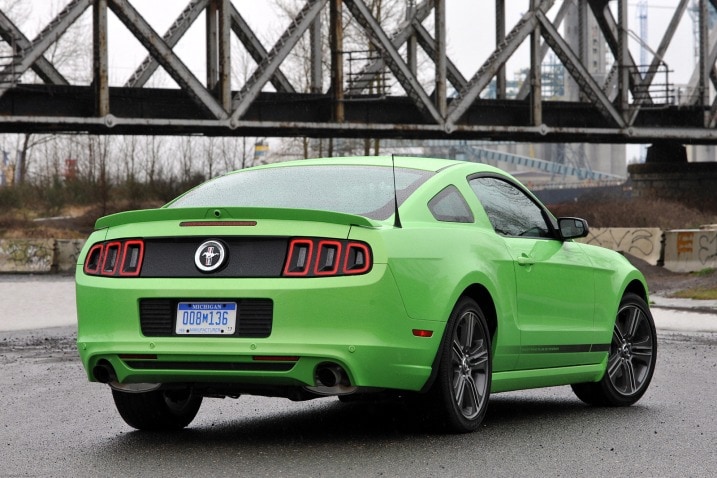
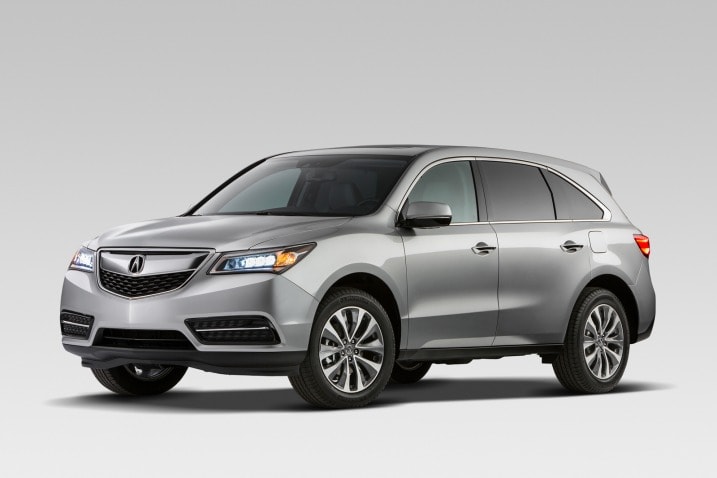
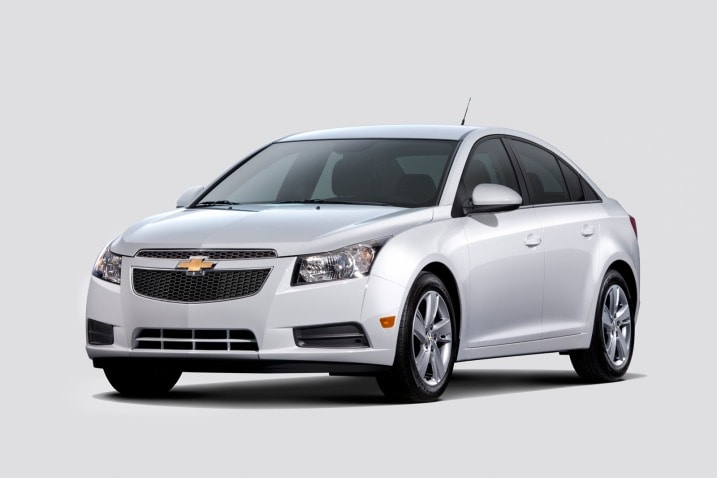




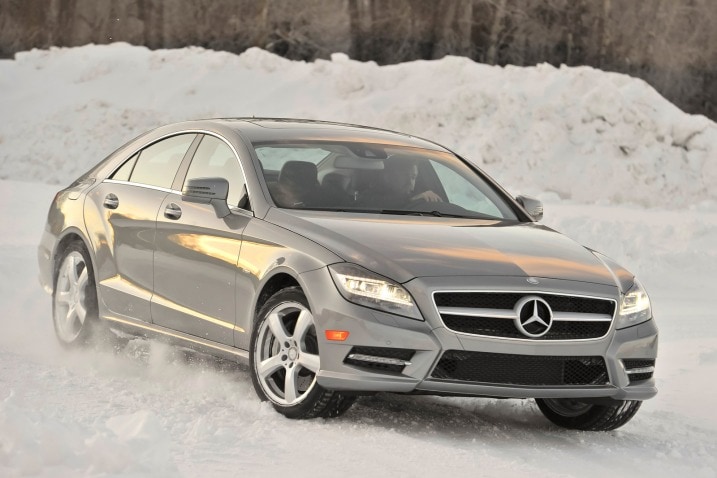
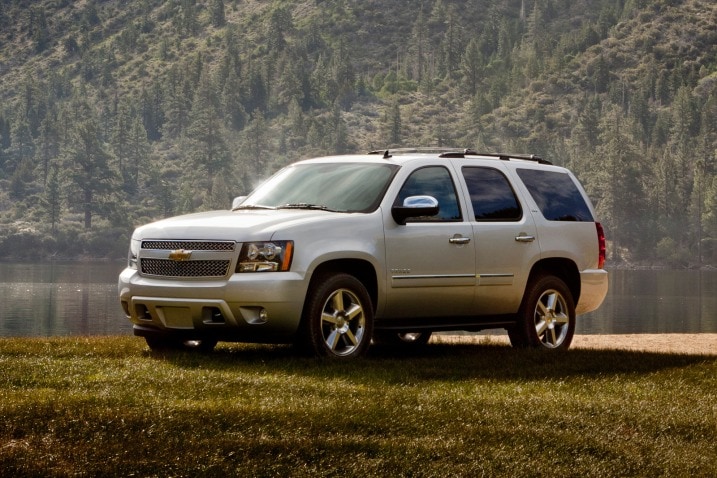
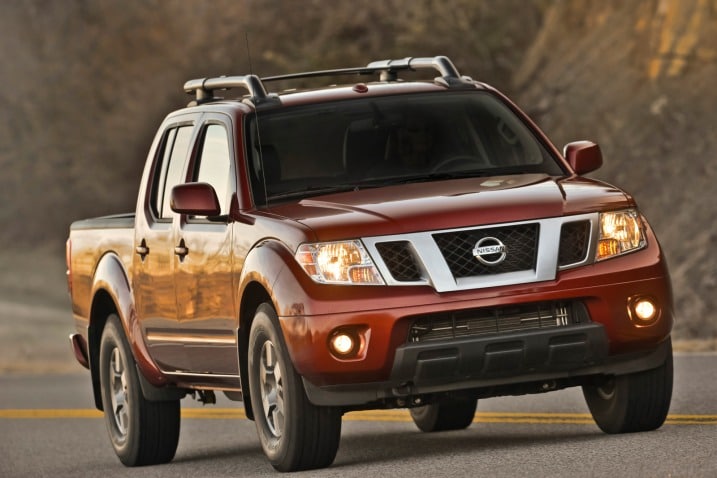
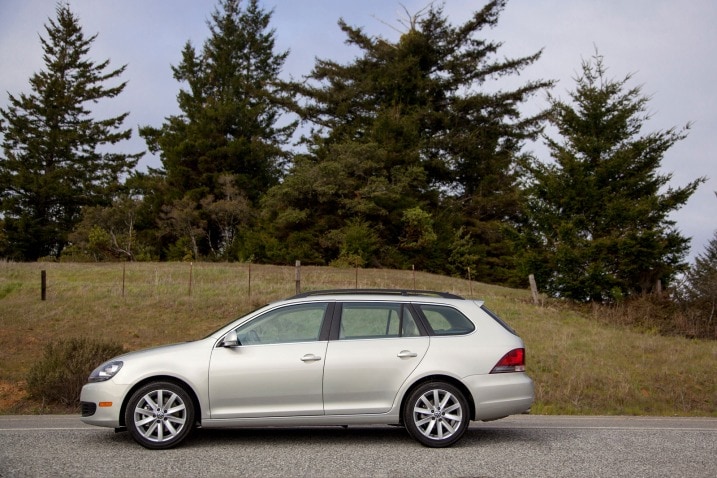
 by
by 
